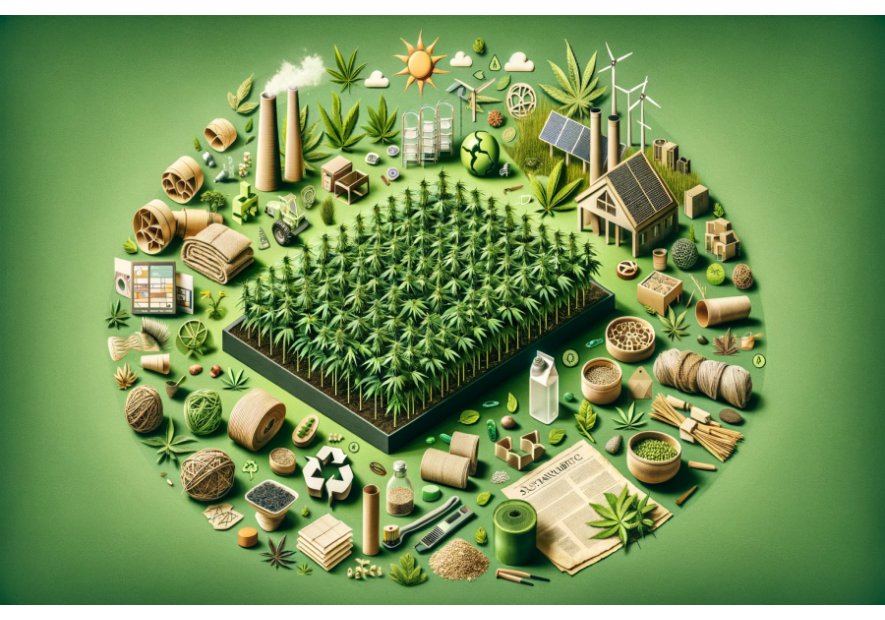The Eco-Friendly Aspects of Hemp and Its Multiple Uses

Hemp is a plant with multiple uses and has numerous environmental benefits. In this article, we will explore the different eco-friendly aspects of hemp, its usefulness in various fields, and the laws that govern its cultivation around the world.
Eco-friendly Uses of Hemp
Hemp is a plant that can be used 100% in various domains. Its fibers are used to make textiles, ropes, and paper, while its seeds are transformed into oil, flour, or animal feed. The plant is also used in the production of eco-friendly building materials, such as insulation and fiberboard. Additionally, hemp is used in the production of biofuels and biodegradable plastics, thus contributing to reducing the dependency on fossil fuels and traditional plastics.
Hemp and CBD Cultivation
The cultivation of hemp for the production of CBD also presents environmental advantages. This plant has a low ecological footprint and requires less water, pesticides, and fertilizers than other similar crops. Additionally, hemp is capable of decontaminating polluted soils by absorbing heavy metals and toxins, making it an eco-friendly option for CBD cultivation.
Laws on Hemp Cultivation Around the World
The laws concerning hemp cultivation vary from country to country. In some countries, hemp cultivation is legal as long as the THC (tetrahydrocannabinol) content does not exceed a certain percentage, usually below 0.2% or 0.3%. Other countries allow hemp cultivation only for industrial or research purposes. It is important to research the laws in your country if you are considering cultivating hemp for the production of CBD or other uses.
For more information on hemp, CBD, and the laws in effect, feel free to contact us.
